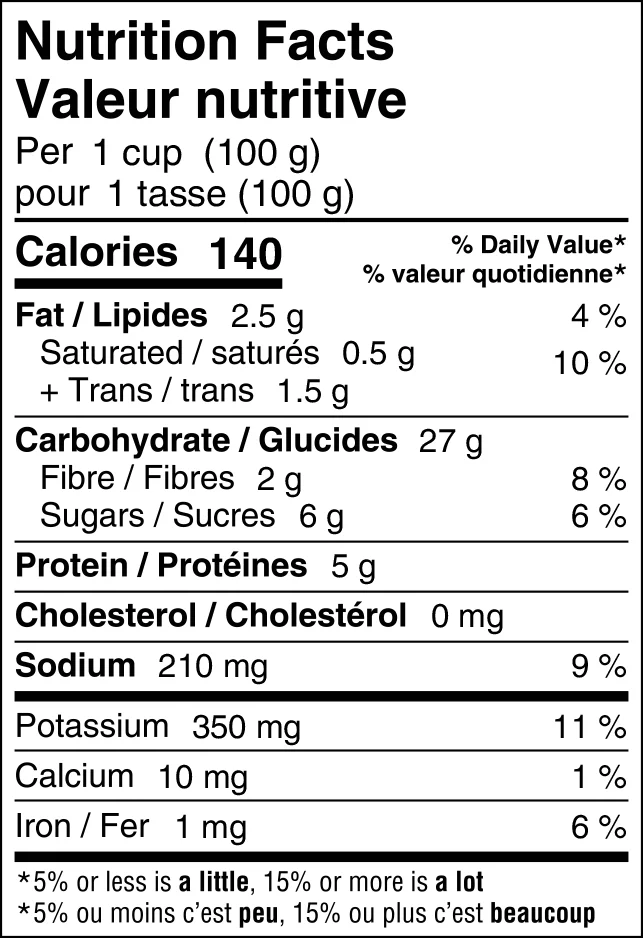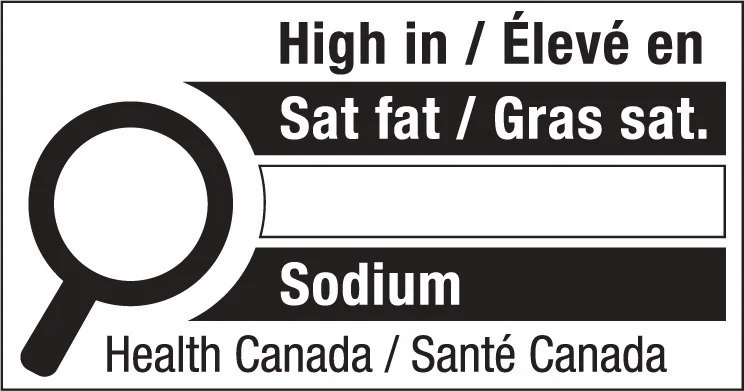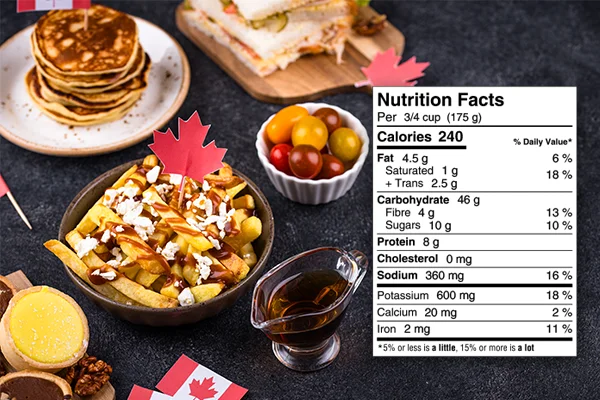In Canada, nutrition labelling is a crucial component of the country’s strategy to promote healthy eating habits. These regulations are designed to provide Canadians with the information they need to make informed food choices. The stringent requirements ensure consumers can access consistent and accurate nutritional information.
The Importance of Nutrition Labelling
Nutrition labelling serves several essential functions. It helps consumers understand the nutritional value of the foods they consume, aids in maintaining a balanced diet, and supports public health initiatives to reduce chronic diseases such as obesity, diabetes, and heart disease.
By providing clear and comprehensive nutritional information, nutrition labels empower Canadians to make healthier food choices.
Key Elements of Nutrition Labelling in Canada
1. Nutrition Facts Table (NFT)
The Nutrition Facts Table (NFT) is a mandatory feature on most prepackaged foods in Canada. It provides detailed information about a food item’s nutritional content, including calories and 13 core nutrients. The NFT is designed to be easy to read and understand, featuring consistent formatting and a standardized presentation.

Key components of the NFT include:
- Serving size: The amount of food typically consumed in one sitting.
- % Daily Value (% DV): How much a nutrient in a food serving contributes to a total daily diet.
- Core nutrients and calories: Information on fat, saturated and trans fats, cholesterol, sodium, carbohydrates, fibre, sugars, protein, vitamin A, vitamin C, calcium, and iron. Additionally, calories, which is the total energy provided by the serving
2. Ingredient List
The ingredient list is another mandatory component. It lists all ingredients in a food product in descending order by weight. This list helps consumers identify ingredients that they may need to avoid due to allergies or dietary restrictions. It also provides insight into the composition of the food product, aiding in making healthier choices. This list should include the following:
- Added sulphites
- Common Allergens
- Gluten sources (when present as ingredients or components of ingredients)
3. Nutrition Claims
Nutrition claims are statements about the nutritional content of a food or its potential health benefits. These claims are optional but must comply with specific regulations if used. There are two types of nutrition claims:
- Nutrient content claims are statements about the amount of a specific nutrient in a food (for example, “low sodium”).
- Health claims are statements about the relationship between a food or a nutrient and a health condition (for example, “a diet high in calcium may reduce the risk of osteoporosis”).
Read more: Understanding Added Sugars on the Nutrition Facts Label.
Recent Changes to Nutrition Labelling Regulations
Health Canada has implemented several updates to nutrition labelling regulations to improve clarity and consistency. These changes aim to help Canadians understand and use nutrition information when making food choices. These updates include:
- Standardized serving sizes: Making it more accessible to compare similar foods.
- Revised % Daily Value (% DV): Providing a better context for nutrient amounts.
- Updated list of nutrients: Including potassium due to its importance in maintaining healthy blood pressure.
- Modernized ingredient list: Use common names and group sugar-based ingredients.
Front-of-Package Nutrition Symbol
This is the latest change that Health Canada has implemented. The Front-of-Package (FOP) nutrition labelling rule mandates that foods high in saturated fat, sugars, and/or sodium must display a symbol on the front of the package. This symbol, which includes a magnifying glass, serves as a quick reference to aid consumers in making better dietary choices.

Read more: Front-of-Package Labelling in Canada
Compliance and Enforcement
Food manufacturers in Canada are required to comply with these labelling regulations. Health Canada and the Canadian Food Inspection Agency (CFIA) enforce these requirements. Regular inspections and audits ensure that food products adhere to the established standards.
MenuSano can significantly aid food businesses in effortlessly achieving compliance. Food businesses can generate nutrition facts labels using MenuSano, which ensures that these labels meet CFIA regulations without worrying about compliance. By automating the calculation and formatting of nutritional content, MenuSano provides a user-friendly solution that simplifies the labelling process, reduces the risk of non-compliance, and allows businesses to focus on other critical aspects of their operations.
Read more: Food Safety Regulations: A Guide for Food Manufacturers.
Exemptions and Special Cases
Certain foods are exempt from mandatory nutrition labelling, including:
- Fresh fruits and vegetables
- Raw meat and poultry (excluding ground)
- Raw seafood
- Foods prepared or processed at the store (e.g., bakery items)
- Alcoholic beverages
However, if these foods include a nutrition or health claim, they must provide a Nutrition Facts Table.
Future Directions in Nutrition Labelling
As dietary habits and health concerns evolve, so will nutrition labelling regulations. Health Canada continues to research and monitor trends in food consumption and health outcomes. Future updates to labelling requirements will likely focus on enhancing transparency, addressing emerging public health issues, and incorporating new scientific findings.
Nutrition labelling in Canada is fundamental in promoting public health and enabling informed food choices. With clear, consistent, and comprehensive information, Canadians can better manage their diets and health. As regulations evolve, they will continue to support the goal of a healthier population.
Effortless Nutrition Labelling Compliance with MenuSano
MenuSano can significantly aid food businesses in effortlessly achieving compliance. With its main feature of generating nutrition facts labels, MenuSano ensures that these labels meet CFIA regulations without the business worrying about compliance. By automating the calculation and formatting of nutritional content, MenuSano provides a user-friendly solution that simplifies the labelling process, reduces the risk of non-compliance, and allows businesses to focus on other critical aspects of their operations. Start a Free Trial now or Request a Free Demo today!
As food manufacturers navigate the complexities of Canada’s nutrition labelling requirements, leveraging tools like MenuSano can make compliance straightforward and efficient. This not only helps in adhering to regulatory standards but also enhances transparency and trust with consumers, ultimately contributing to the success and growth of the business.



















